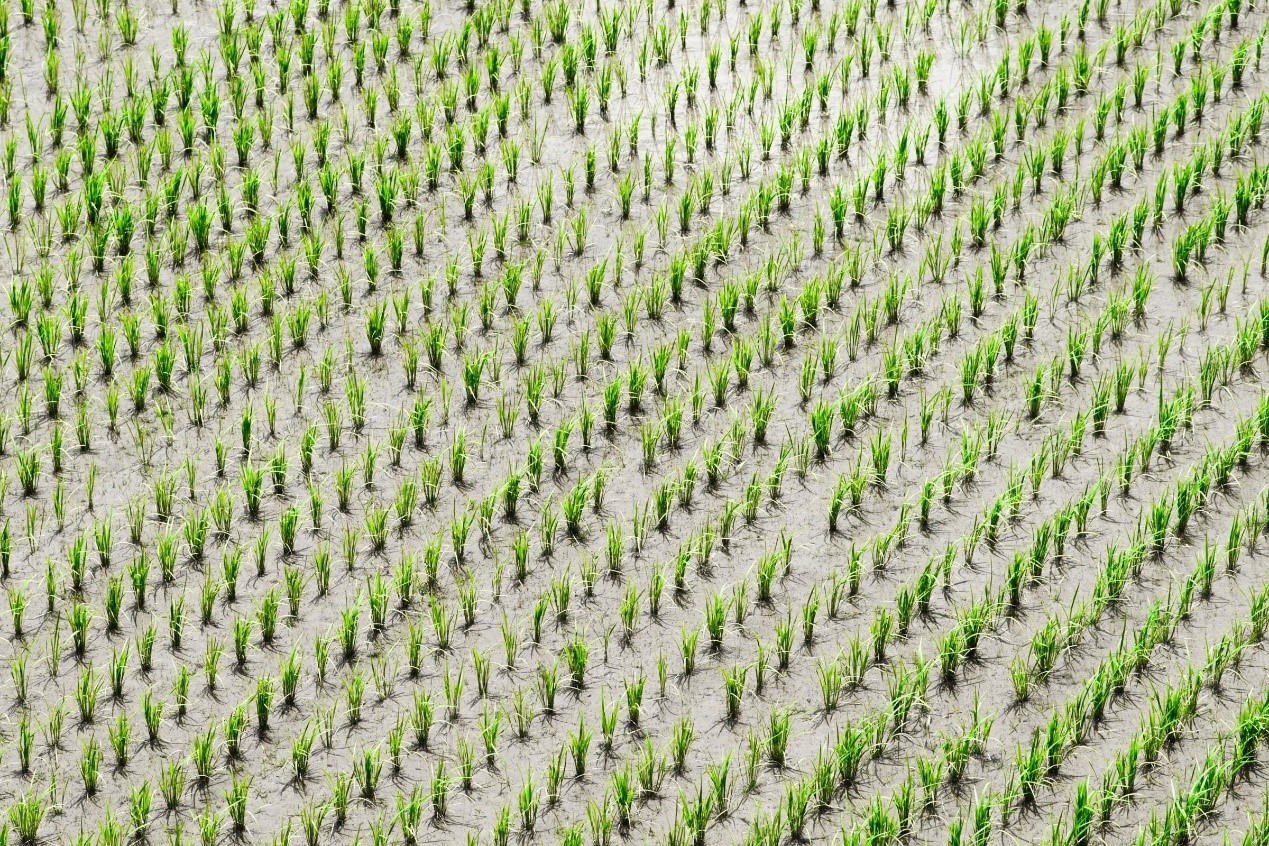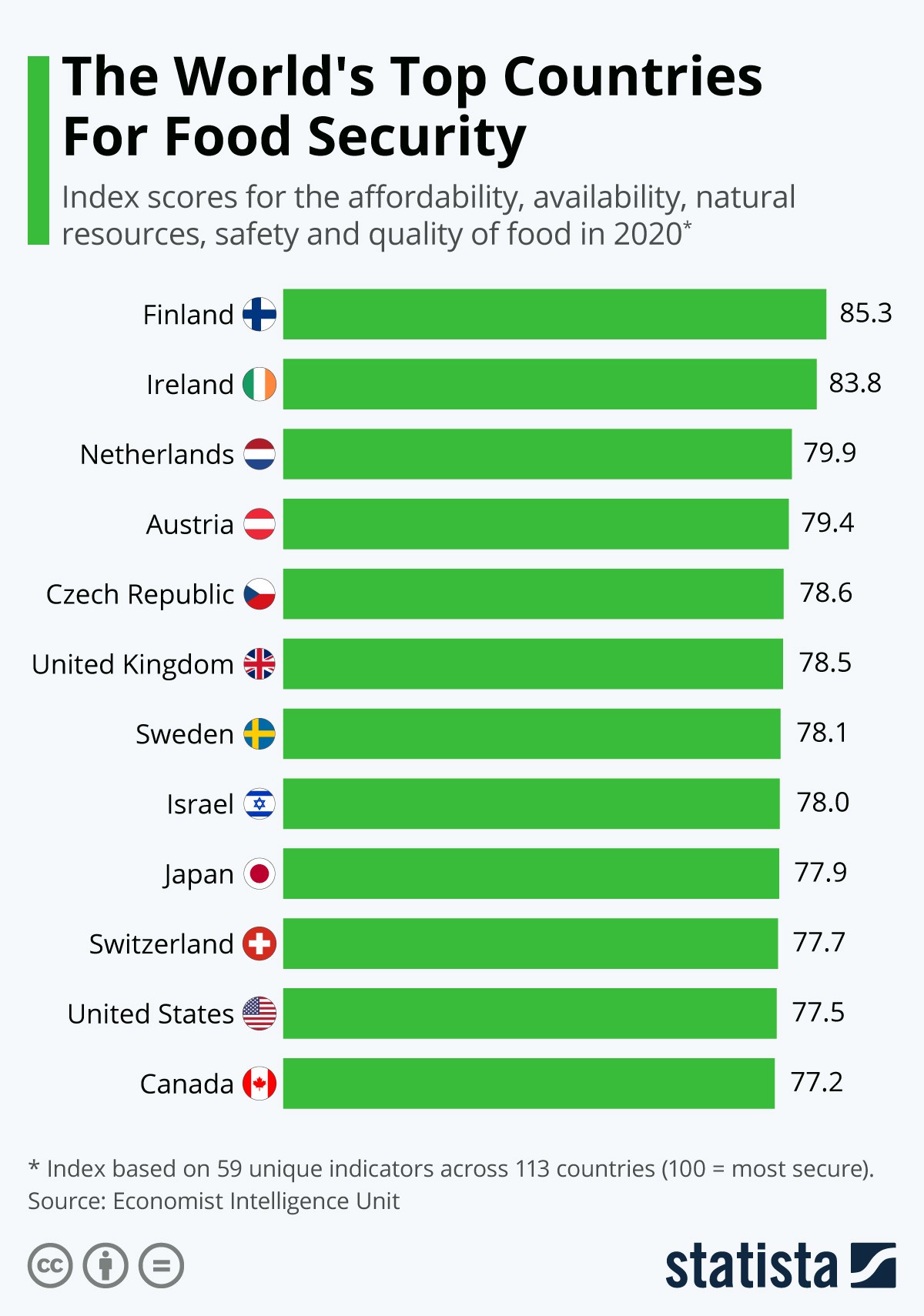Food security: This is how China plans to feed its 1.4 billion people
来源:World Economic Forum;发表于:2022-03-17;人气指数:376
Food
security: This is how China plans to feed its 1.4 billion people
https://www.weforum.org/agenda/2022/03/china-seawater-rice-food-security/

Climate change is one
of the major factors threatening China’s food security.
Image: UNSPLASH/yo
Yoshitake
11 Mar 2022
Kate Whiting
Senior Writer,
Formative Content
*China is the most
populous nation on earth, but the COVID-19 pandemic, climate change and global
uncertainty threaten its food security.
*Tests of
salt-tolerant ‘seawater rice’ strains have produced high yields and could help
China feed its 1.4 billion people.
*The hybrid rice has
also been tested in the Dubai desert - and could offer one solution to
achieving the UN Sustainable Development Goal of Zero Hunger.
As the world’s most
populous nation, China has the most mouths to feed. In 2020, its population
reached 1.41 billion - roughly around a sixth of the world’s 7.9 billion
people.
Even though
population growth has dropped to the slowest ever, President Xi Jingping
recognizes the need to address the country’s food security this year.
After COVID-19
and natural disasters threatened its food system, China is seeking to become
more resilient and self-sufficient in the face of uncertainty.
China needs to stabilize
food and corn production and expand output of soybean and oilseeds to make
sure "Chinese bowls are mainly filled with Chinese food", President
Xi told delegates from the Chinese People's Political Consultative Conference
on March 6.
China ranked 34th out
of 113 countries in the 2021 Global Food Security Index, published in
September, which measures food affordability, availability, quality and safety,
and natural resources and resilience.
It's one of the top
five countries that has shown the most improvement over the past 10 years.

China ranks 34th out
of the 113 countries covered by the food security index.
Image: Statista
Climate change impact
on China’s food security
Climate change is one
of the major factors threatening China’s food security.
In July last year, heavy rainfall and flooding affected 2.4 million acres of
crop fields in Henan province. The area is known as China’s ‘granary’ because
it produces a third of the country’s wheat supply - and accounts for a tenth of
its corn, vegetable and pork supply.
Although the wheat season was over, the extreme weather hit corn and vegetable
production, with harvest yield predicted to have fallen by at least 30% across
almost half of the affected fields, according to the provincial government.
In 2020, summer floods washed over fields close to the Yangtze River, affecting
the major rice-producing provinces, including Hubei, then floods hit crops in
two northeastern provinces and typhoons also impacted the corn harvest.
Added to this, rising sea levels are threatening farmland along China’s
coastline.
How seawater rice
could help
Among China’s
initiatives to tackle food insecurity are campaigns against food waste and
increasing the land area given over to cultivating crops.
But other innovations
are already making an impact, including ‘seawater rice’ - salt-tolerant strains
developed by scientists to thrive in salty, alkaline soil.
Tests have shown
these strains - a crossbreed of high-yield rice and a form of wild rice that is
more resistant to salt - produce a higher yield than standard varieties.
Although the concept
has been around since the 1950s, seawater rice production was pioneered by the
late agricultural scientist, Yuan Longping, known as ‘the father of hybrid
rice’ because his work is thought to have saved millions from hunger.
“A tiny grain could
either save a country or bring it down. The importance of food security should
never be underestimated,” he told CGTN.
China’s arable land
By the end of
2019, China's total arable land was 1.28 million square kilometres, a
nearly 6% drop compared with the previous 10-year period, according to a
once-in-a-decade survey of the country's land use published in August. That’s
just 13% of China’s total area, and it’s expected to fall further by 2030, as
land is converted to urban and industrial areas.
But an area the
size of Egypt is too high in saline for crops to grow, as salt inhibits
plants’ ability to absorb water. According to CGTN, planting just a tenth of
that land with seawater rice would boost China’s rice production enough to feed
200 million people.
While it’s yet to be
fully implemented commercially, scientists at Qingdao Saline-Alkali Tolerant
Rice Research and Development Center were put in charge of 4,000 square
kilometres of land last year to cultivate the rice.
And in 2018, Yuan Longping
took a team to Dubai to experiment growing seawater rice in the desert.
Food systems change
The COVID-19 pandemic
has had a huge impact on global food security - with the UN estimating that as
many as 811 million people were undernourished in 2020 - around one
in 10.
Transforming food
systems is key to achieving the UN Sustainable Development Goal of Zero Hunger
- and the transition to net-zero economies.
The World Economic
Forum, the Food Action Alliance and partners are holding a virtual
meeting Bold Actions for Food - Regional and Country Flagships to
drive action on food systems change.
In the Opening
Plenary, leaders will discuss how to raise ambitions and scale leadership
action towards COP27, and explore strategies for realizing shared goals by
2030.
The global
cultivation of seawater rice might just be one way of ensuring no-one goes
hungry.